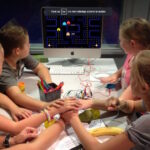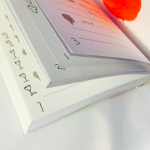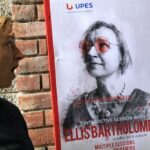Partos (=the Dutch membership body for organisations working in international development) initiated The Spindle (=connects innovators among Dutch and global actors into a movement for inclusive, sustainable development).
And I was invited to do a hands-on workshop: Playing for purpose, Conveying a serious message in a fun way by using gamification. Here is the link to their documentation online >>
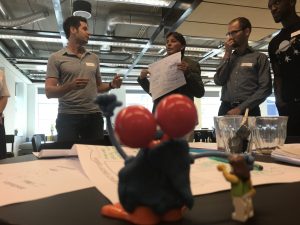
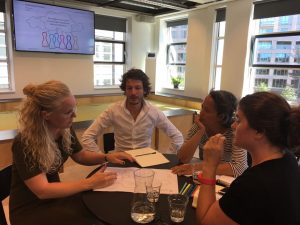
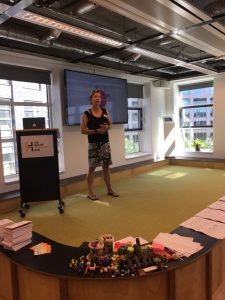
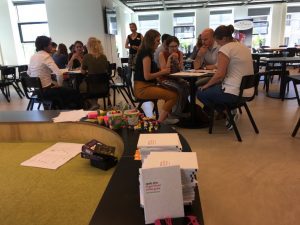

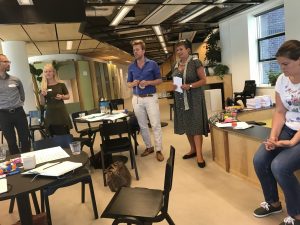
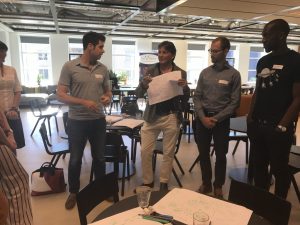
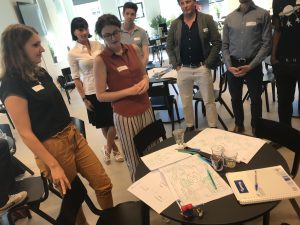
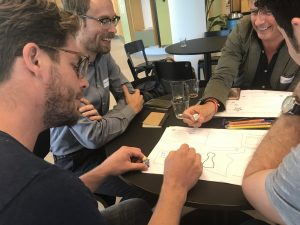
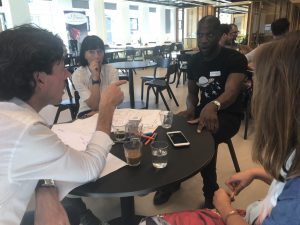
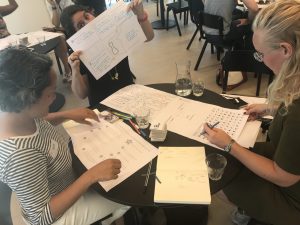


This is their text online on the event:
Last week, the Spindle organized in collaboration with HumanityX (Centre for Innovation of Leiden University) her newest Future Session. We invited a real ‘play alchemist’ Ellis in Wonderland to teach our participants some important insights. Ellis has a profound career when it comes to designing games for the development sector and games that aim for a behavioural change. During the session, she focused on the elements you need to think of when designing a (serious) game. Ellis used a method in which participants learned how to design a game, by playing themselves first.
The magic circle
Gaming is a form of entertainment, just like a book. Both can be used for the purpose of pleasure, yet both can be used to convey a serious message as well. A striking example is ‘Holle Bolle Gijs’ which is a trashcan in the amusement park the Efteling. This special trashcan gives constant feedback to those who use it. Within 50 meters of Holle Bolle Gijs, there is no dirt to be found. But this concept doesn’t always work in each and every context. So, what is the motivational aspect? What are the ingredients for a good game? To understand these questions, Ellis taught participants the scientific model, called: ‘the magic circle’, which is a state in which the player is bound by a make-believe barrier created by the game. To create this circle a designer should therefore not only focus on the game itself but also on how the player will create the magic.
The theory of flow
Another theory that Ellis discussed was ‘the theory of flow’. This theory explains how to create engagement among your players. How do you find the trigger that motivates someone to play your game? How do you prevent players from getting frustrated and quitting? Participants faced the challenges that pop up when answering these questions.
Curious to find out more about these theories and insights? Check out the presentation of Ellis in Wonderland to learn more.
Learning while playing
Of course, this session had a playful character as well. The interactive part was a game in itself. Participants were split up in smaller groups and asked to design a game. Each group had to pass 10 levels in order to build a prototype of the game. As a result, everyone pitched their idea to a ‘jury’ and one winner was chosen. The winning idea was the ‘Break-In-Game’ in which children are challenged to ‘break in’ a created platform by playing mini-games. While playing the children learn more and more about entrepreneurship, trading and the circular economy.
Next Future Session: The future with open data
Our Future Sessions always highlight new techniques and methods, participants learn by exploring themselves. How can brand-new innovations make a contribution to the work of NGOs, active in the sector of international development?
Up next: on the 28th of August, you will get the chance to learn more about the use of open data in the development sector. Interested in what you can expect of data-driven development in the future? And how you can start using these new opportunities?
You can sign up here for the next session ‘The future with open data’.



